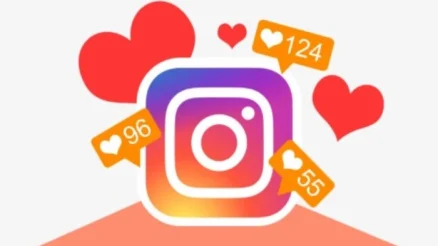SMS verification is a popular security method for online accounts and services. It can help protect against fraud and prevent account takeover. However, it isn’t a foolproof solution.
Many factors can cause SMS verification to fail. This includes a weak mobile signal, an overloaded SMS inbox, or even a toll-free/shortcode blocker on the cell phone.
Real-name authentication

Real-name authentication is the process of confirming a person’s identity using their mobile phone number. Companies and apps use this form of verification for a variety of reasons. It’s a quick and convenient way to authenticate users, and it’s also relatively inexpensive. However, it has some disadvantages. For example, it can be vulnerable to SIM swapping and hacking. Additionally, people often sync multiple devices and may forget their sms code verification service.
To implement the verification process in your app, you must implement both the client and server portions of the process. The client portion consists of an Activity that calls the verifyPhoneNumber method. This method triggers onVerificationCompleted and onVerificationFailed callbacks, which are passed to the server via a secure connection. The onCodeSent callback is used to send a one-time code to the user’s device. Then, the server retrieves this code and verifies it. The one-time code changes every 30 seconds, so if someone learns your code from the last session, they can’t use it to hack your account.
Fraud prevention
Fraud prevention is a crucial component of any online banking strategy. With fraudsters constantly finding new ways to commit scams and steal money from customers, it is more important than ever to prevent fraudulent transactions and bank actions. This can be achieved by implementing a strong fraud prevention system that detects suspicious activities and alerts the customer to their security status.
SMS verification is a great way to prevent fraud by double-checking a customer’s identity. It is also known as SMS authentication or SMS-based two-factor authentication (2FA). This method has a number of benefits, including affordability and convenience.
If you’re having trouble receiving your SMS verification code text, try restarting your phone or removing any shortcode blockers on your cellular account. If you still can’t receive your code, contact your cellular service provider to resolve the issue. Alternatively, you can repair your Android system with Tenorshare ReiBoot for Android to fix this problem. ReiBoot is a powerful Android system recovery tool that has helped many users fix this issue in the past.
Security

SMS verification is a simple way for businesses to confirm a customer’s identity by sending them a one-time code. The code is typed into the business’s website or app to complete the sign-up process. This helps businesses verify that the person actually owns the account and protects them from fraud, scams, or other security threats.
However, SMS isn’t as secure as some other 2FA methods. Hackers can intercept a verification message, and syncing multiple devices allows hackers to see when someone changes their password or logs in from different locations. Also, SMS messages are only encrypted from the phone to the first cell tower – they’re not encrypted after that.
Avoid giving apps and websites your real phone number by using this Receive SMS Online tool to get a virtual number that you can use for free. This will save you time and keep your main phone number safe from privacy concerns. Just don’t forget to change it back before using your personal number again!
Convenience
In a world where people have trouble remembering passwords, SMS verification is an easy and familiar way to double-check identities. Businesses, banks, and apps simply ask for the user’s phone number, then send a one-time code that they type into their device to verify. The user’s identity is checked twice, and if the code is not correct, the account is locked.
To implement this flow, your app must register an SMS retriever task to listen for a verification message. It must also prepare its server for receiving the one-time code. When the SMS retrieval task receives a message from Google Play Services with a verification code, it broadcasts an SmsRetriever.SmsRetriever_received action Intent to your app.
Check with your cellular provider to make sure you don’t have any shortcode blockers or spam filters on your account. You may also be unable to receive text messages if your device is set to Airplane mode. Try turning that off to see if your problem is resolved.

Jerry Martinez is a professional artist. He lives in California with his family. Throughout his life, he has always been captivated by images. Naturally, he was drawn to art. So he opted to take his Bachelors Degree in Fine Arts from Otis College of Art and Design. After completing his degree, He concentrated even more into his art practice. He is a father of three children, ranging in age from 3 to 12 years old. They love outdoors activities; biking, camping, walking and playing football. Jerry Martinez is a music lover and love to listen to metallic songs.






